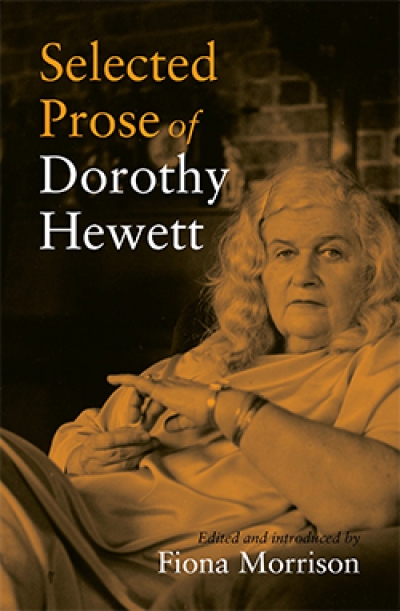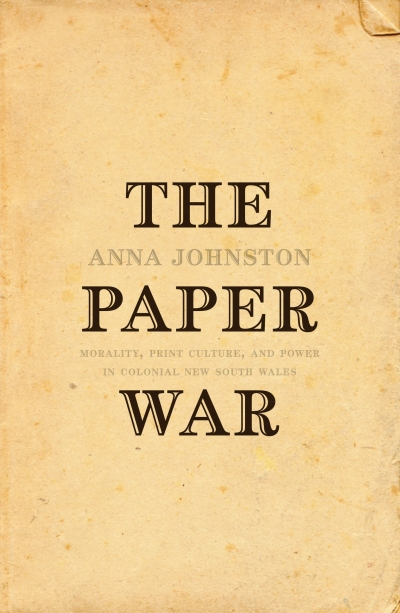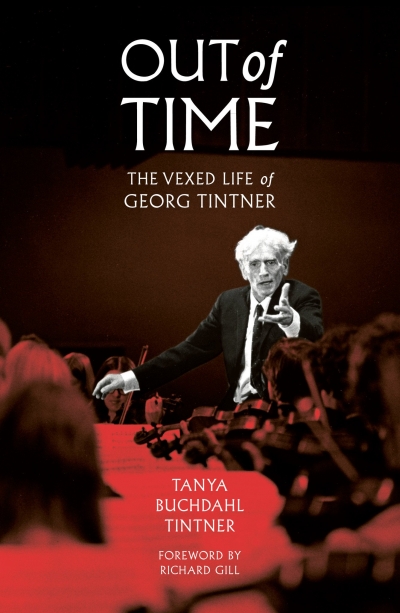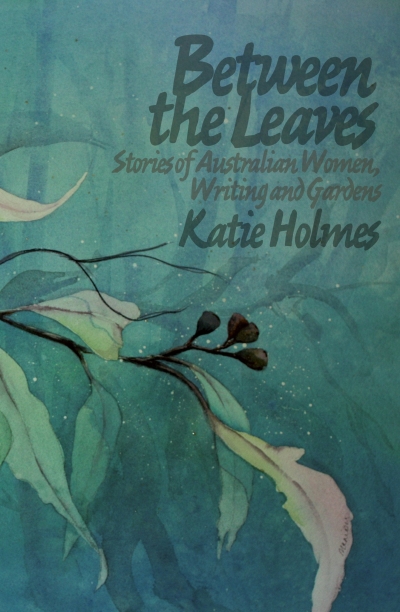UWA Publishing
An Unknown Sky and Other Stories by Susan Midalia
by Robert Horne •
Old Songs in the Timeless Land: Medievalism in Australian literature 1840–1910 by Louise D’Arcens
by Gregory Kratzmann •
The Paper War: Morality, Print Culture, and Power in Colonial New South Wales by Anna Johnston
by Grace Karskens •
Out of Time: The Vexed Life of Georg Tintner by Tanya Buchdahl Tintner
by John Carmody •
Between the Leaves: Stories of Australian Women, Writing and Gardens by Katie Holmes
by Penny Hanley •
Lines for Birds: Poems and Paintings by Barry Hill and John Wolseley
by Chris Wallace-Crabbe •










